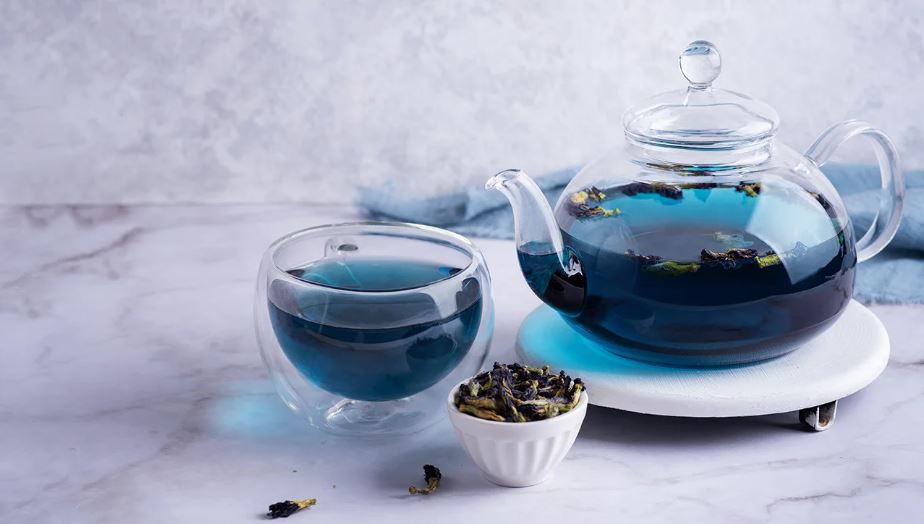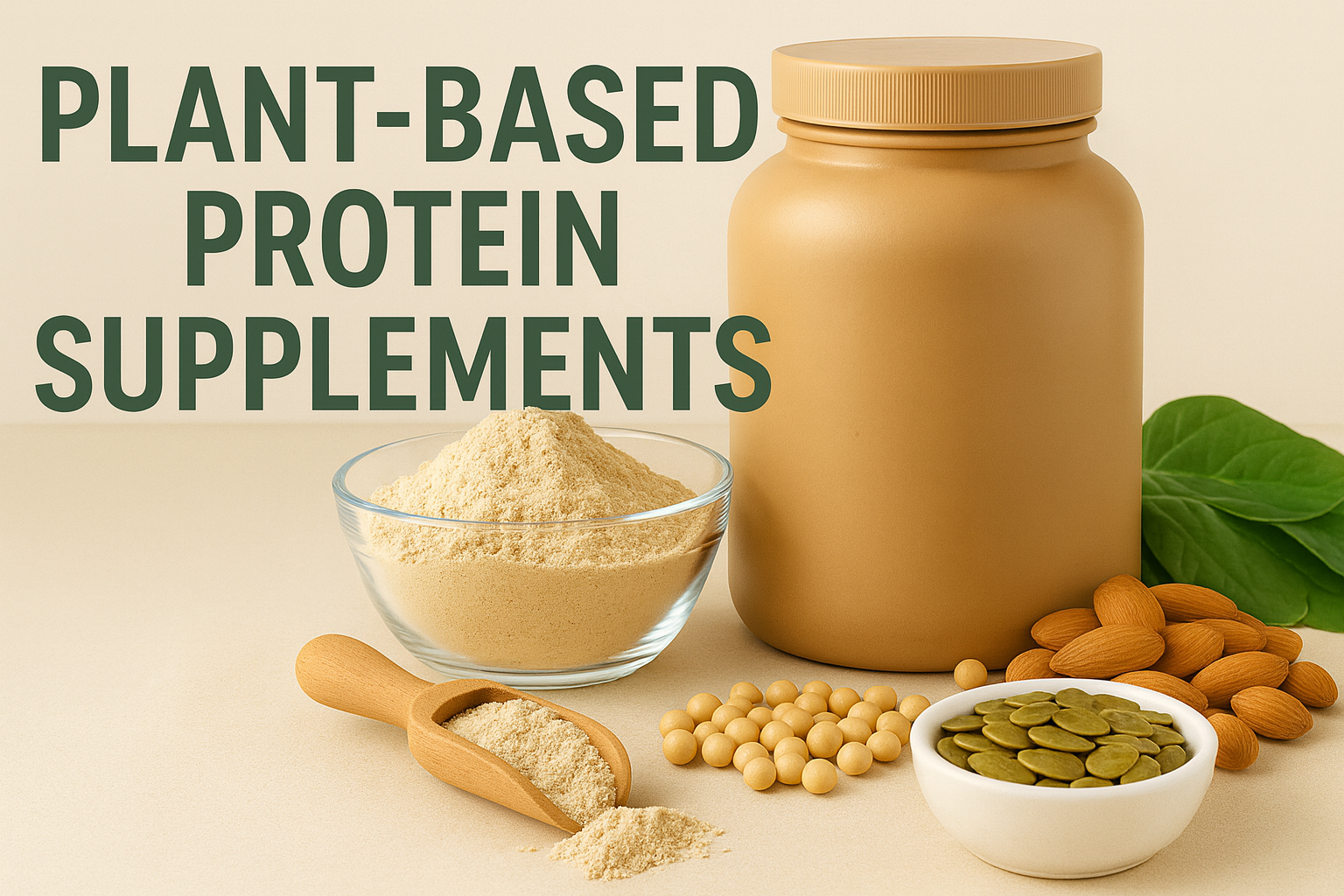Blue tea is no longer a secret garden sip from Southeast Asia—it is now a global wellness wave. Popular as Butterfly Pea Flower Tea, this vivid-blue infusion has garnered headlines for its health benefits, beauty, and versatility. In essence, the trend has grabbed eyeballs of industry experts, prompting a slew of investments. For instance, Grand View Research expects the blue tea market to touchUS$ 180.2 million by 2030, a meteoric rise for a drink that was once confined to village kitchens.
Indeed, in the crowded cosmos of green tea, black tea, and oolong, mysterious, mesmerizing, and magnificently blue—blue tea is a revolution poured into a porcelain cup.
Wait, what makes it so special? Here is a rundown on why blue tea is fast becoming one of the most sought-after herbal teas worldwide.
What is Blue Tea?
Blue tea is a caffeine-free herbal infusion made from the petals of the butterfly pea flower (Clitoria ternatea). Add a splash of lemon or lime, and the tea magically changes color to purple or pink—making it not just a drink, but also an experience.
Unlike black or green teas, which come from the Camellia sinensis plant, butterfly pea tea is purely herbal. It has been used for centuries in traditional medicine systems of Thailand, Vietnam, and India. Today, it is prized globally for its stunning color and scientifically backed antioxidant properties.
Top Health Benefits of Blue Tea
Blue tea is more than eye candy—it is a powerhouse of wellness and a therapy disguised as a daily delight. After all, behind every sip lies science. Here are the most research-backed health benefits of blue tea:
- Rich in Antioxidants
Blue tea contains anthocyanins, the same pigment compounds that give blueberries and purple grapes their health edge. According to clinical studies, anthocyanin apparently helps focus on objects and relieve eye fatigue, improve tear fluid quality, and enhance contrast sensitivity.
- Improves Skin and Hair Health
Rich antioxidants protect collagen, while its bioactive compounds may strengthen hair follicles. Traditionally, blue tea has been used in Ayurvedic practices to maintain youthful skin and glossy hair.
- Enhances Brain Function
Butterfly pea flowers are believed to influence acetylcholine levels in the brain, essential for memory and cognitive abilities. Nevertheless, studies have linked blue tea to improved memory retention and reduced anxiety on the back of antioxidant and calming properties.
Why is Blue Tea Trending?
While green tea has ruled the roost for decades, blue tea has captured curiosity with its antioxidant, metabolic, and visually appealing attributes. Blue tea could give a run for the money to its rivals in the form of blue matcha and loose leaves. Health and wellness brands may make the hay when the sun shines and augment investments in the industry that is gradually becoming a force to reckon with in the beverage landscape. To illustrate, in August 2025, Bigelow Tea announced an expansion of butterfly pea flower tea across the U.S.
Meanwhile, brands such as Dorje Teas and Blue Tea have forayed into the butterfly pea flower teas, alluding to the prospect the industry has in store. Even European countries such as the UK, France, Germany, and Italy have carved their path towards the blue tea industry as the ingredient gains ground in wellness stores, cafés, and specialty shops.
The following dynamics corroborate the claim:
- Visually stunning – it is apt for social media, weddings, and wellness cafés.
- Holistic healing – Butterfly pea tea combines beauty with benefits, unlike many tea fads. Moreover, it has amassed popularity as an ingredient in elevated cuisine and craft cocktails.
- Affordable luxury – At approximately US$0.40–US$0.60 per cup, it may be cheaper than a latte and considered healthier than soda.
Who Should Avoid Blue Tea?
While generally safe, pregnant or breastfeeding women should consult a healthcare provider before adding blue tea to their diet. Those with pre-existing medical conditions should also check with their doctor due to its mild effects on blood sugar and pressure.
Upshot
Blue tea is not merely a fad; it is a fusion of heritage and health, an elixir that bridges tradition with modern wellness culture. With its anti-aging, metabolism-boosting, and calming properties, this beverage is more than just tea—it brings a little magic to mundane mornings. Inevitably, brands expect the blue tea bubble to unlock growth, boost revenue, and foster health and wellbeing.
















